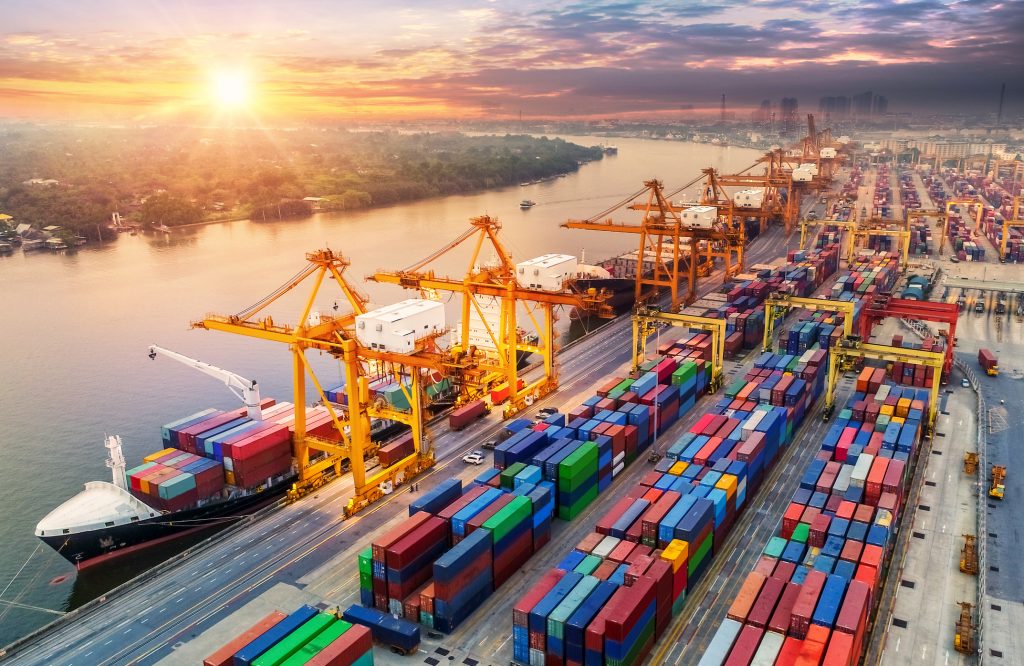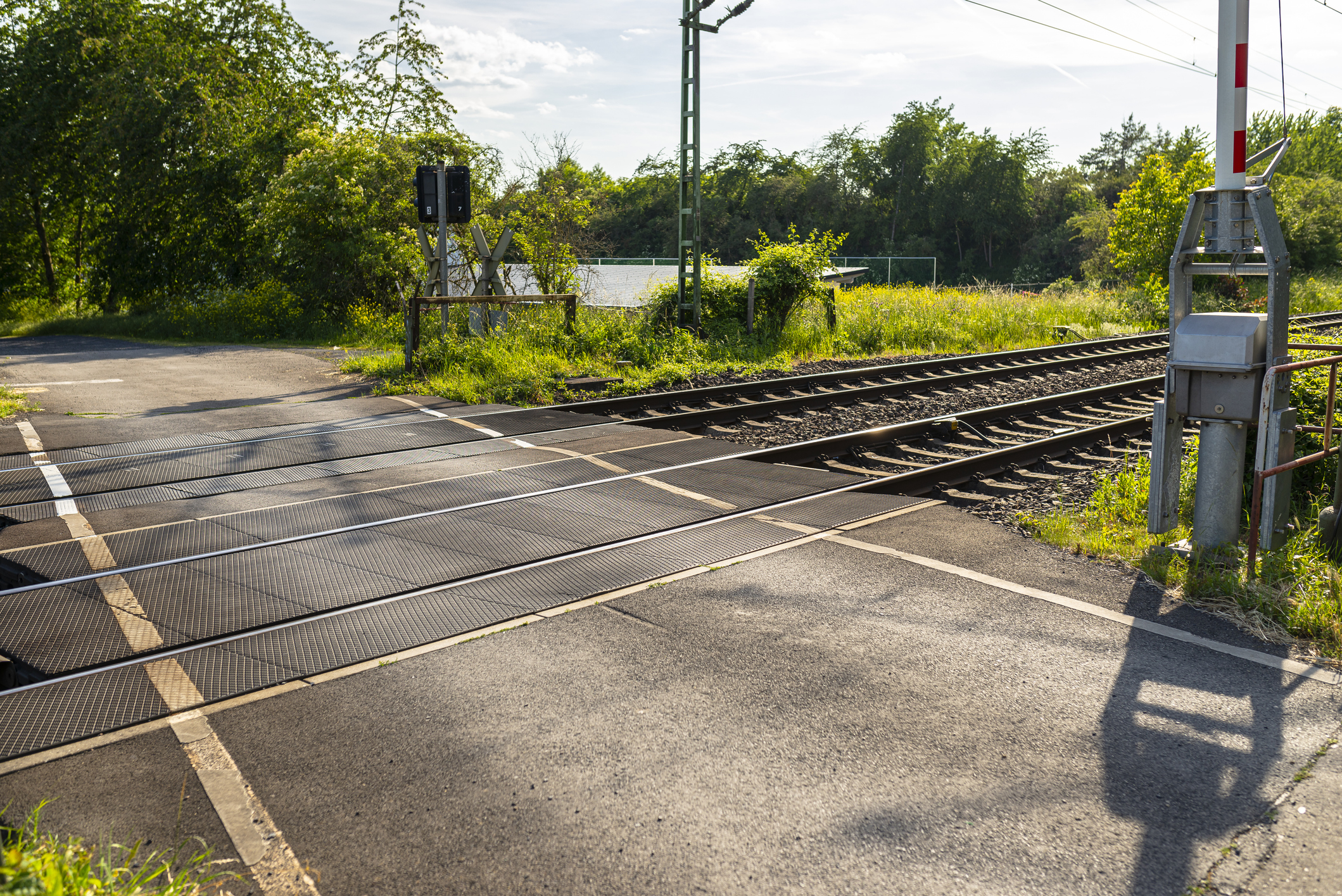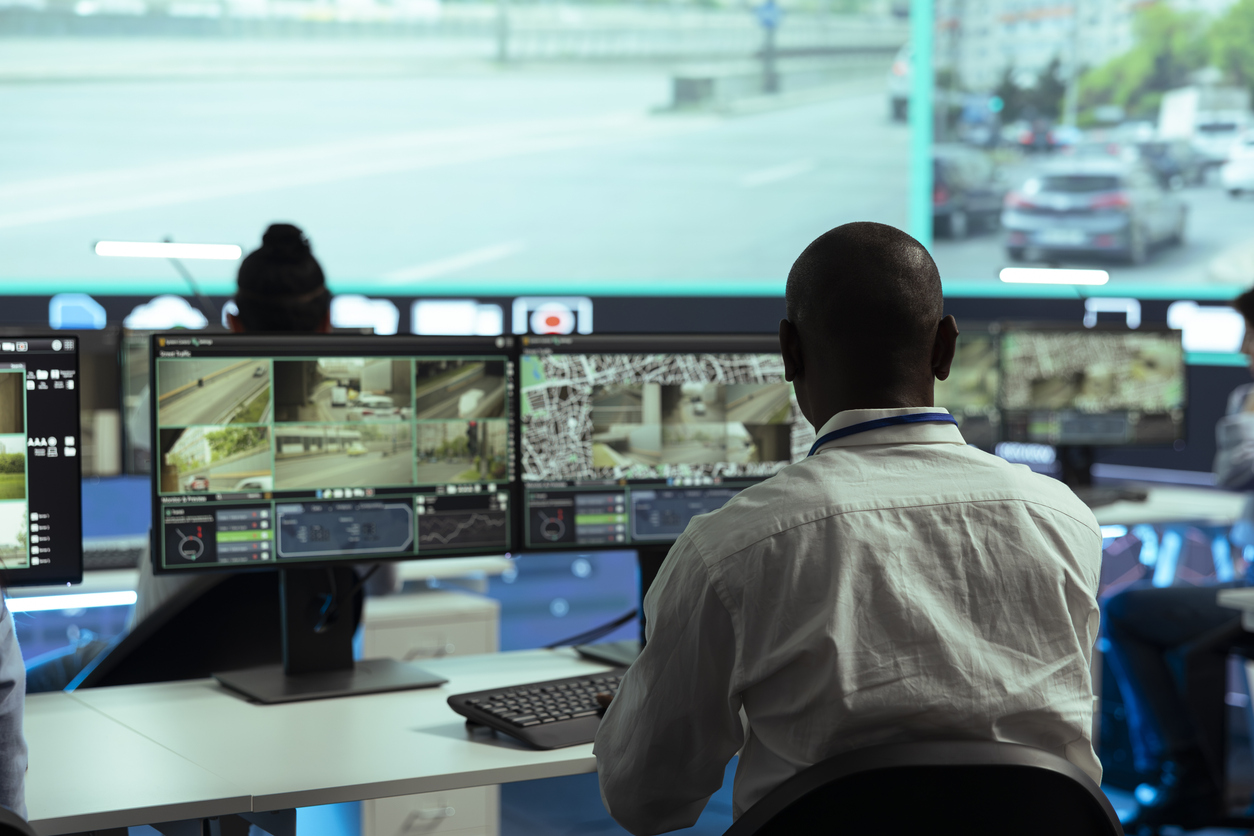Cargo transportation in ports involves a complex sequence of logistics operations, which can pose significant risks to the safety of workers in these environments. With the high volume of containers, forklifts, trucks, cranes and workers sharing the same space, any failure can result in serious accidents.
More than ensuring the integrity of the cargo, maintaining the safety of operators, drivers and port employees is a priority responsibility. In this context, understanding the risks involved, applying regulatory standards, adopting good practices and incorporating technological solutions can make the difference between an efficient operation and an imminent risk situation.
Below, see how the combination of standards, technology and good practices can transform the reality of ports. Enjoy reading!
The main risks in cargo transportation in ports
The routine at port terminals is intense. Forklifts traveling just a few meters away from pedestrians, loads suspended by cranes crossing operational areas, trucks entering and leaving at tight intervals. In this dynamic, the slightest oversight can compromise safety.
In Brazil, cargo transportation in ports has seen several accidents related to employees being run over, containers falling containers, incorrect or non-existent use of PPE, communication failures between teams and incorrect maneuvers of heavy vehicles. In addition to physical risks, constant stress and lack of standardization in procedures contribute to increased vulnerability in operations. That is why, in the country, there are regulatory bodies that establish important rules that the sector must follow.
Complete safety: essential standards and pillars
To ensure the safety of people when transporting cargo in ports, it is necessary to go beyond the basics. It is necessary to create a culture of safety based on continuous training, constant monitoring and supporting technologies.
The main standard governing port activities is NR-29 (Regulatory Standard 29), which deals with safety and health in port work. It defines the responsibilities of employers and workers, as well as technical requirements for equipment, signage and organization of operational areas. Other important standards are NR-11 (Transportation, Movement, Storage and Handling of Materials) and NR-12 (Safety at Work with Machinery and Equipment).
Maintaining compliance with these standards is just the first step. Complete security management also requires active monitoring and ongoing prevention.
Good practices and solutions for safer transportation
Some measures are essential to create a safer environment in port operations:
- Ongoing training and qualification: well-trained teams are better able to act quickly and cautiously in risky situations. Periodic simulations and refresher courses reinforce this knowledge;
- Preventative maintenance of vehicles and equipment: wear and tear on cranes, forklifts or trucks can cause dangerous failures. Scheduled maintenance reduces this risk;
- Correct and constant use of PPE: helmets, reflective vests, ear protectors and other equipment must be mandatory and supervised;
- Extra care must be taken when moving cargo: well-marked routes, clear communication between operators and safe distancing are essential points.
These good practices become even more efficient when combined with supporting technologies.
The role of technology in risk mitigation
With the evolution of monitoring and data analysis technologies, it is now possible to act preventively in port security. Intelligent monitoring systems, such as those offered by ALTAVE, increase surveillance and control capacity without relying exclusively on human attention.
These solutions allow:
- Monitor the adequate use of PPE in real time;
- Identify undue presence of employees in risk areas, such as regions of suspended cargo;
- Create automatic alerts for unsafe behavior or improper approach to heavy equipment;
- Generate historical data for audits, risk prevention and operational improvements.
By integrating technology, processes and people, it is possible to create a safer, more efficient and controlled environment, with faster responses to incidents or non-conformities.
Conclusion
Cargo transport safety in ports goes far beyond avoiding logistical losses. It is, above all, about protecting lives. It is essential that companies in the port sector take responsibility for aligning qualified people, well-defined processes and intelligent technologies.
This tripod allows operations to move forward with greater control, reduce risks and build a true safety culture. Every investment in this direction is a step towards a more humane, responsible and future-ready sector.
About ALTAVE
ALTAVE is a Brazilian company headquartered in São José dos Campos (SP), specialized in intelligent monitoring solutions with computer vision. Its solutions support critical operations through advanced AI, transforming data into intelligence for strategic decision-making.
With real-time monitoring, intuitive dashboards and 24/7 support, ALTAVE contributes to operational safety and the protection of lives and essential resources. The company has patented technologies in Brazil and abroad, and is present around the world, serving sectors such as Defense and Security, Energy, Mining, Ports, Agribusiness and Oil and Gas.
Recognized for its strategic relevance, ALTAVE is accredited as a Strategic Defense Company by the Brazilian Ministry of Defense and a supplier to Petrobras.
Let's have a chat?
Contact us to learn more about how our solution can help your company!




